
- Share this page
Share this page
- EN
Select Language
- FAVORITES
- Search
Detailed search: You can do a detailed search by keyword, genre, time, area and tag.
Main content starts here.
- Visit Tokyo |
- EXPERIENCES |
- Best things to do in Tokyo tailored to your preferences |
- Top tourist attractions in Tokyo: the best sightseeing spots |
- Parks & Gardens |
- Find Peace in a Japanese Garden
Updated: August 29, 2024
Find Peace in a Japanese Garden
Quiet, green sanctuaries dot the Tokyo landscape
A typical Japanese garden is designed in accordance with Japanese philosophy and aesthetics, avoids artificial ornamentation, and highlights the natural landscape. While Tokyo may be a dizzying jungle of buildings, train stations, and bridges, its inhabitants have not forgotten the simple pleasures of viewing flowers. Beautiful pockets of peace and quiet can be found all over the city, and no trip to Tokyo would be complete without visiting one of its many gardens.
Shinjuku Gyoen National Garden
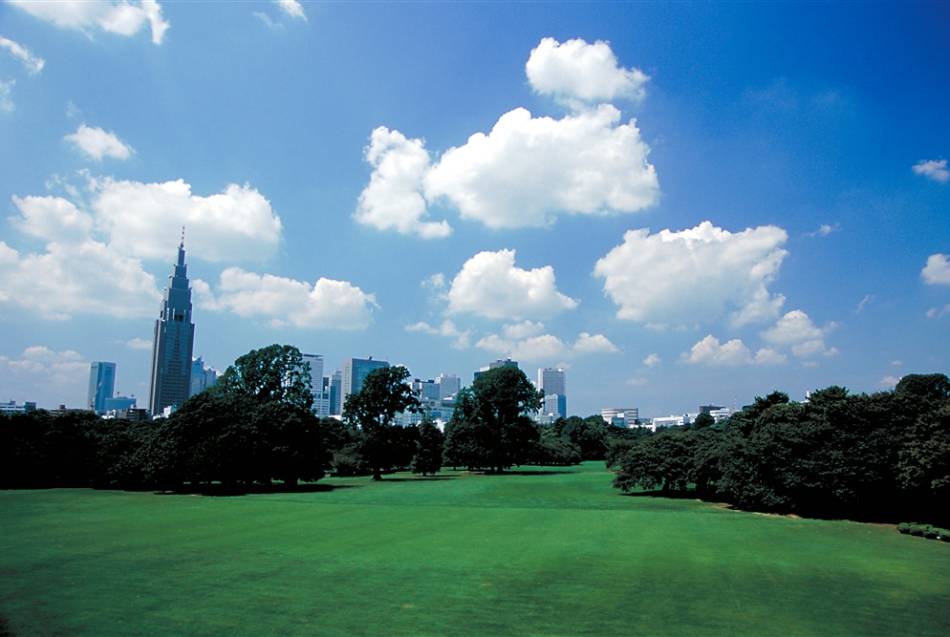
Shinjuku Gyoen National Garden, Management Office
Shinjuku Gyoen National Garden is a more of a park than a garden. The land once belonged to a daimyo (feudal lord) before being taken over by the Imperial Household. The park features large open fields, a greenhouse, and a teahouse. Shinjuku Gyoen National Garden is unique in that it blends French formal and English landscaping on its northern side, and Japanese traditional landscaping on its southern side. Admission to the park is 500 yen. Shinjuku Gyoen National Garden is a perfect place for a picnic or cherry blossom viewing.
Shinjuku Gyoen National Garden
Kiyosumi Garden
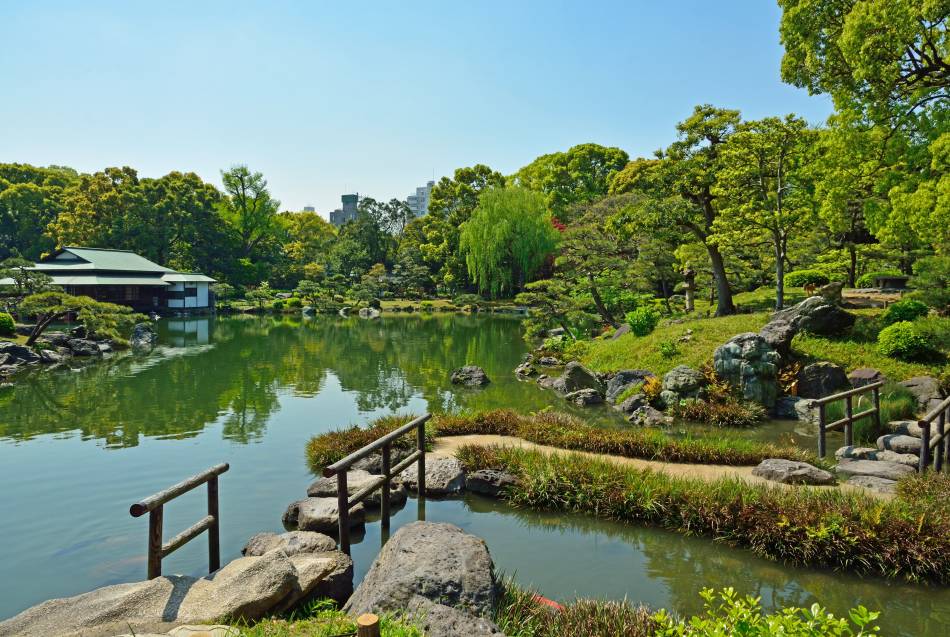
Kiyosumi Garden is a traditional Japanese strolling garden. It was once used to entertain official guests of Japan. Visiting dignitaries would stroll among the garden's delicately landscaped features while discussing official matters of state. These days, it is open to the public for 150 yen. As you enter the park, you will be guided along a path that runs along the edge of a large pond, taking you past boulders, Japanese black pine trees, and a variety of flowers before arriving at a gorgeous waterside teahouse.
Kiyosumi Gardens
Koishikawa Korakuen Gardens
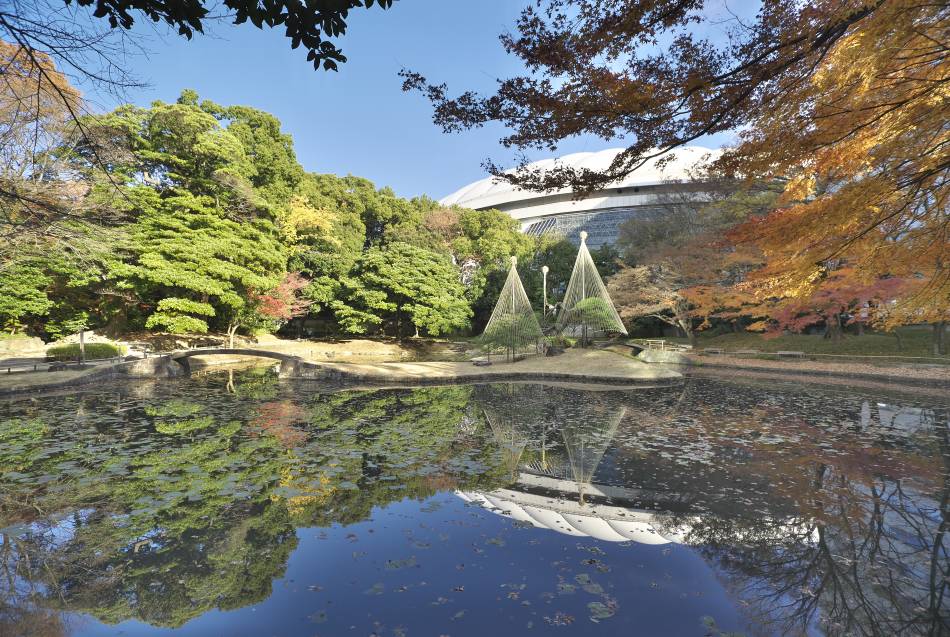
Established in 1629, Koishikawa Korakuen Gardens is one of Tokyo's oldest gardens and is famous for its autumn foliage displays. This park has been painstakingly preserved over the centuries to maintain its original aesthetic, which borrows from traditional Chinese-style gardens of the 17th century. Admission to the park is 300 yen.
Koishikawa Korakuen Gardens
Happo-en
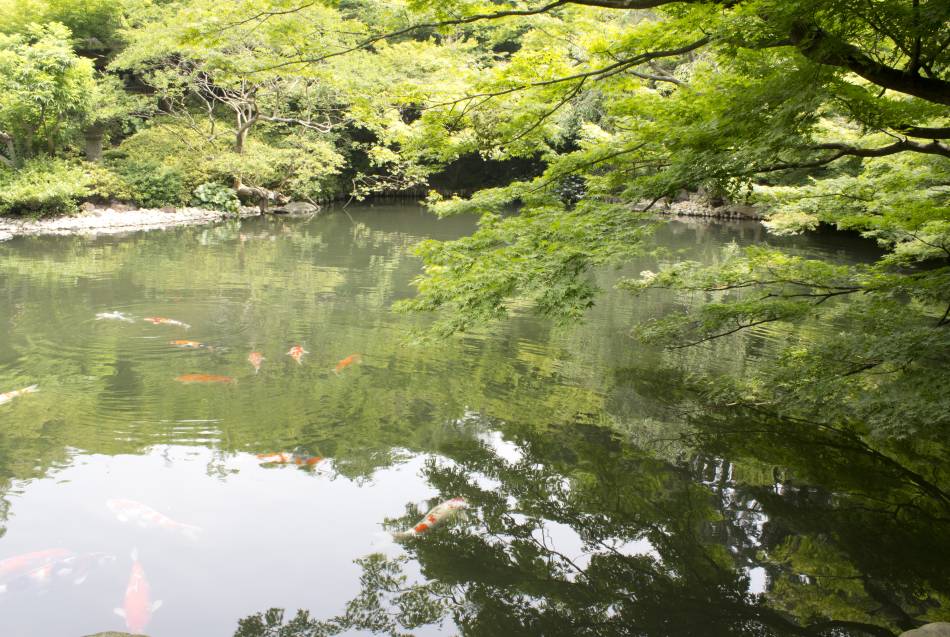
Happo-en's garden is a must-visit for a day of traditional Japanese pastimes. Take a stroll through the vast garden before joining a lesson on tea ceremony etiquette at the teahouse. Enjoy a traditional Japanese kaiseki meal in a restaurant overlooking the pond. There are even walking tours of the park that include lunch at the restaurant. Happo-en provides stunning backdrops for photos and is a favorite among couples for wedding photo shoots.
Happo-en
Imperial Palace East Gardens
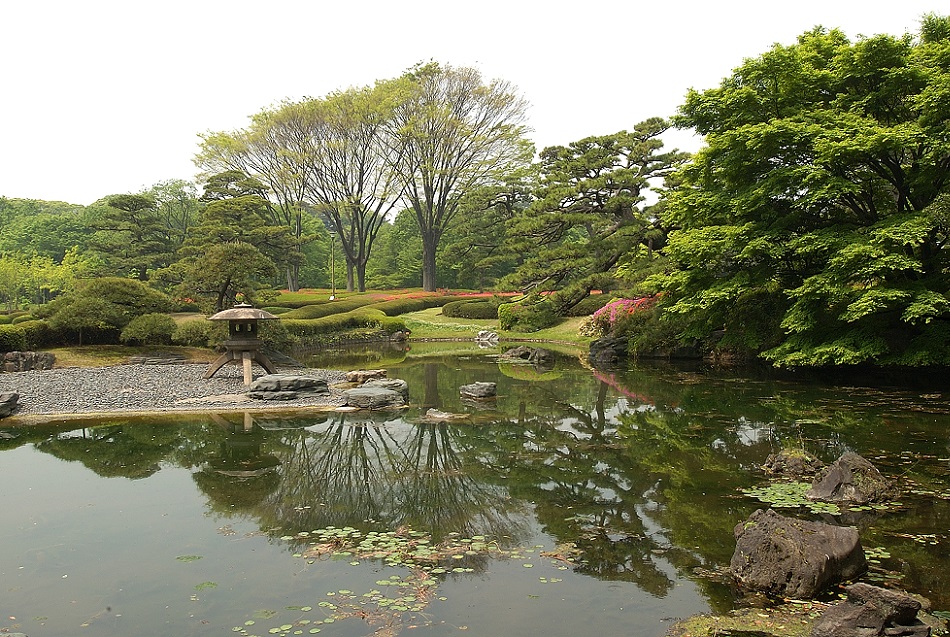
While the Imperial Palace itself is closed to the public aside from two days of the year, the gardens are open year round. The gardens are located on the grounds of the Imperial Palace, right in the heart of the city. The gardens feature some of the most beautiful landscaping work in all of Tokyo. To enter, you must receive a token from the kiosk at the entrance and return it when you leave. This simple admission system guarantees there won't be any overcrowding detracting from the beauty of the gardens.